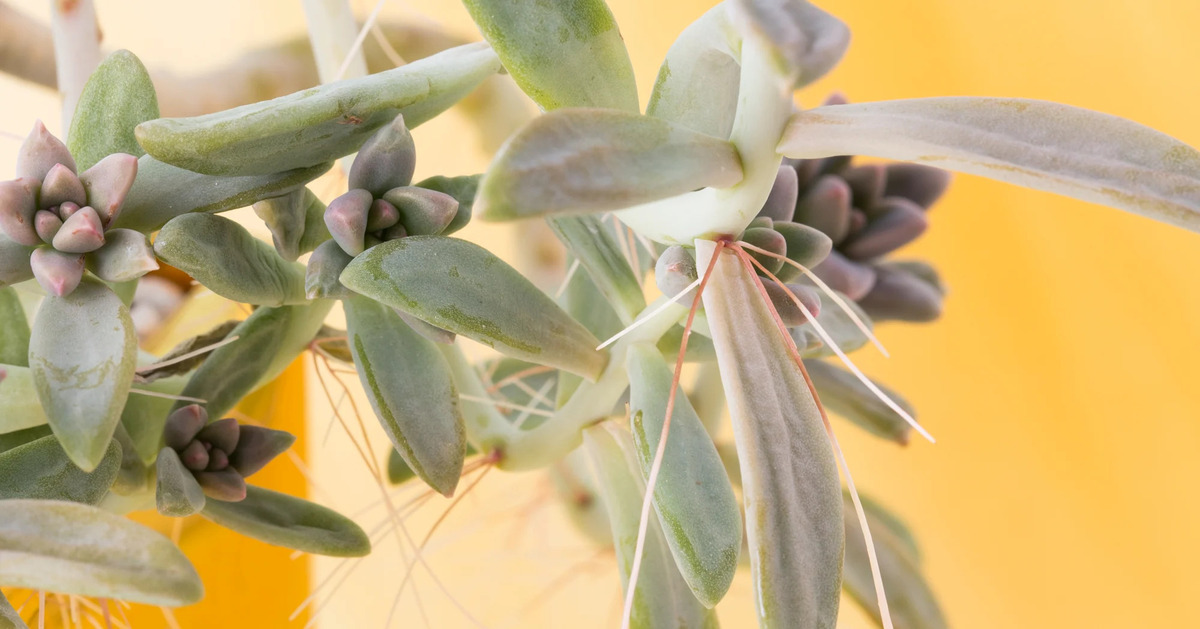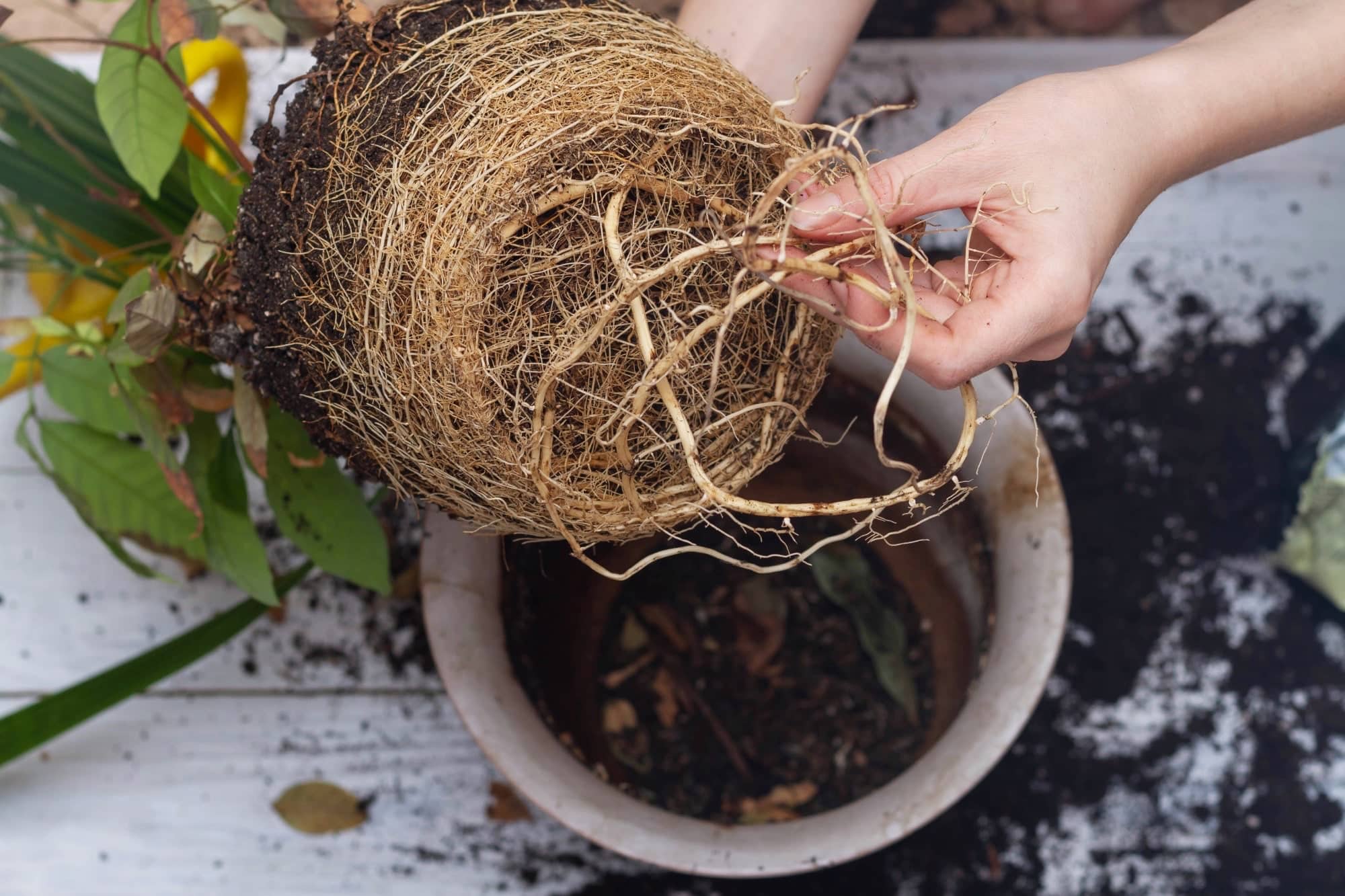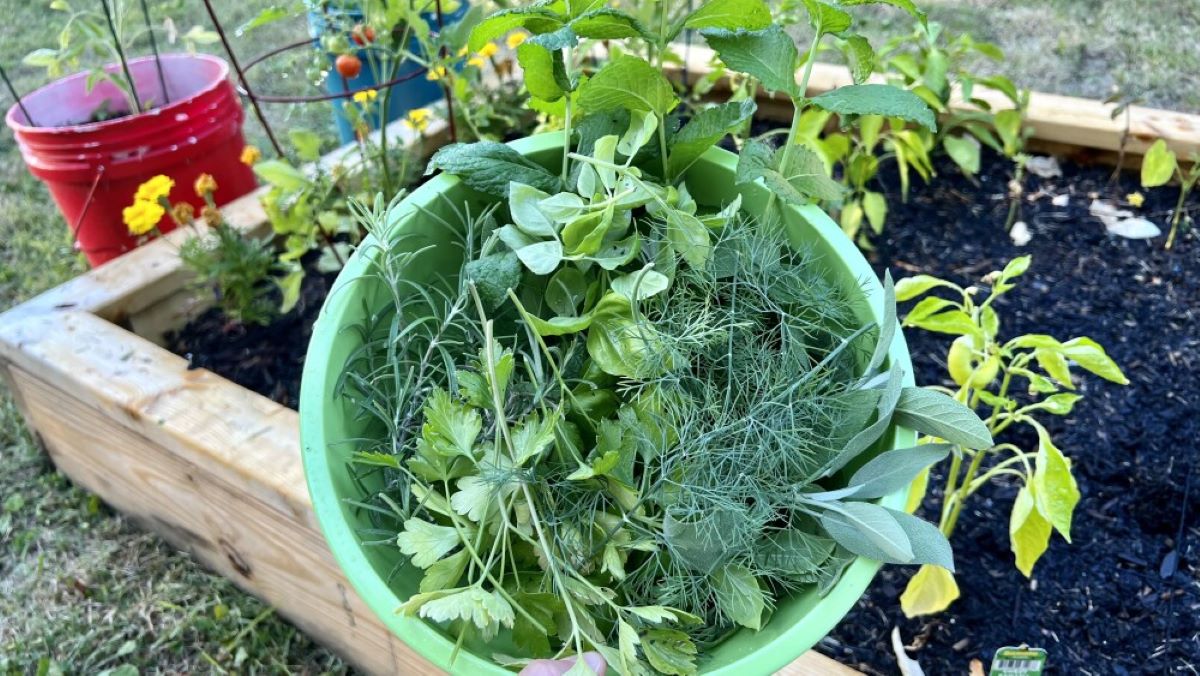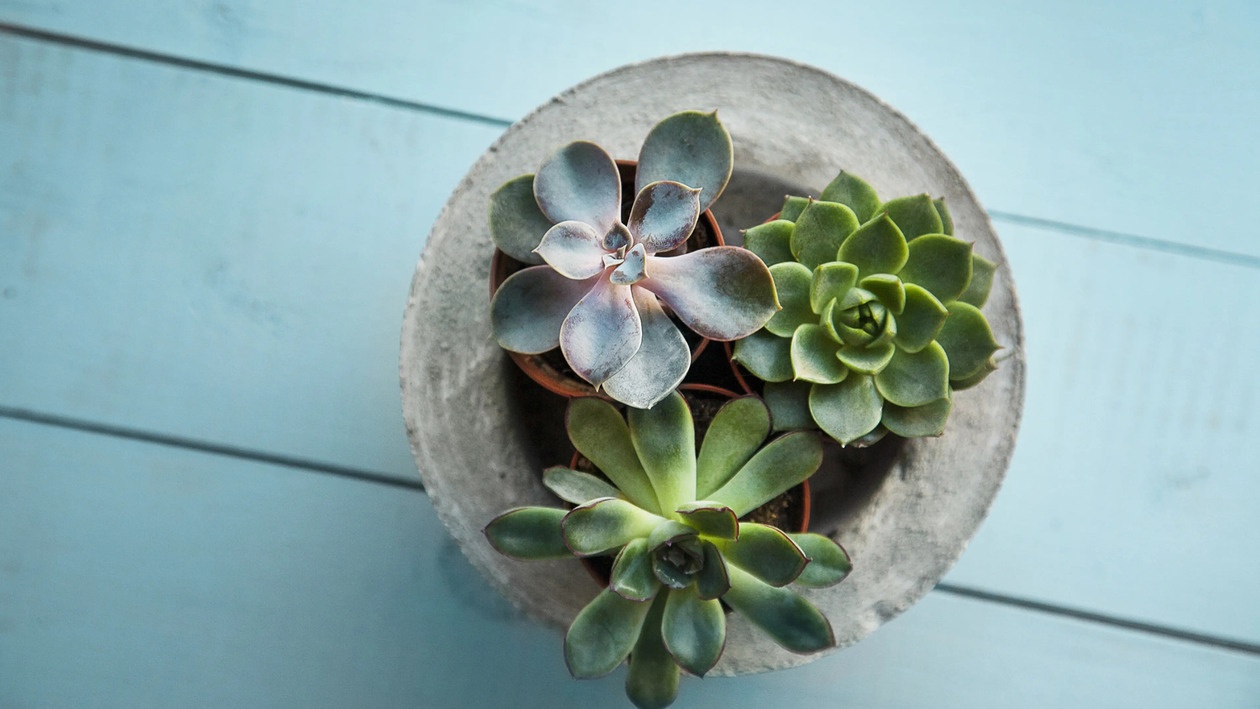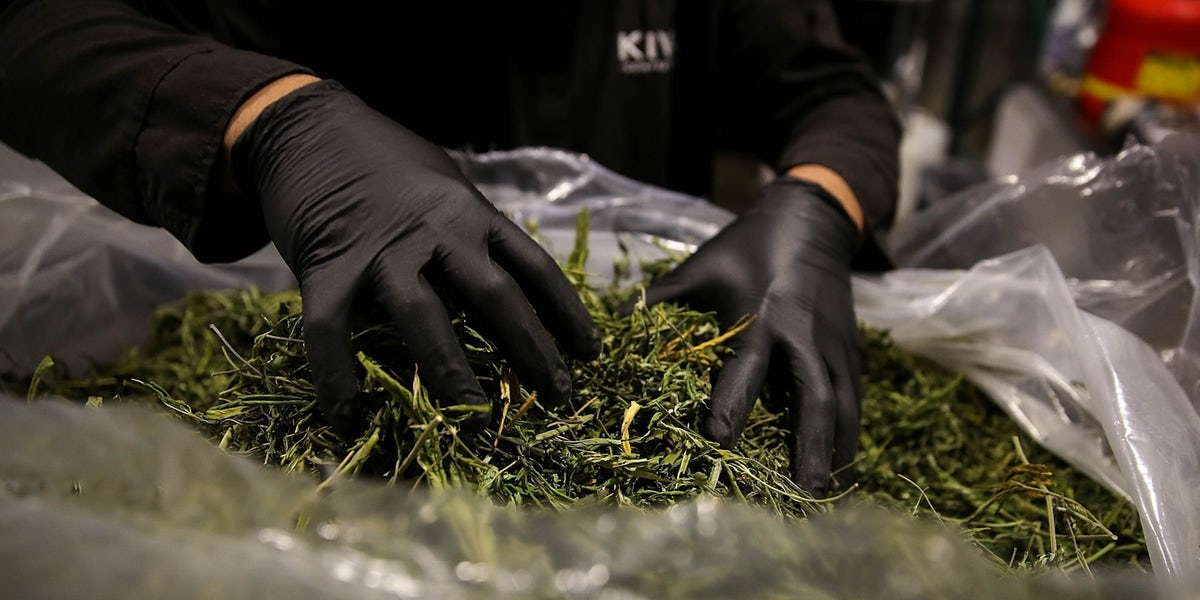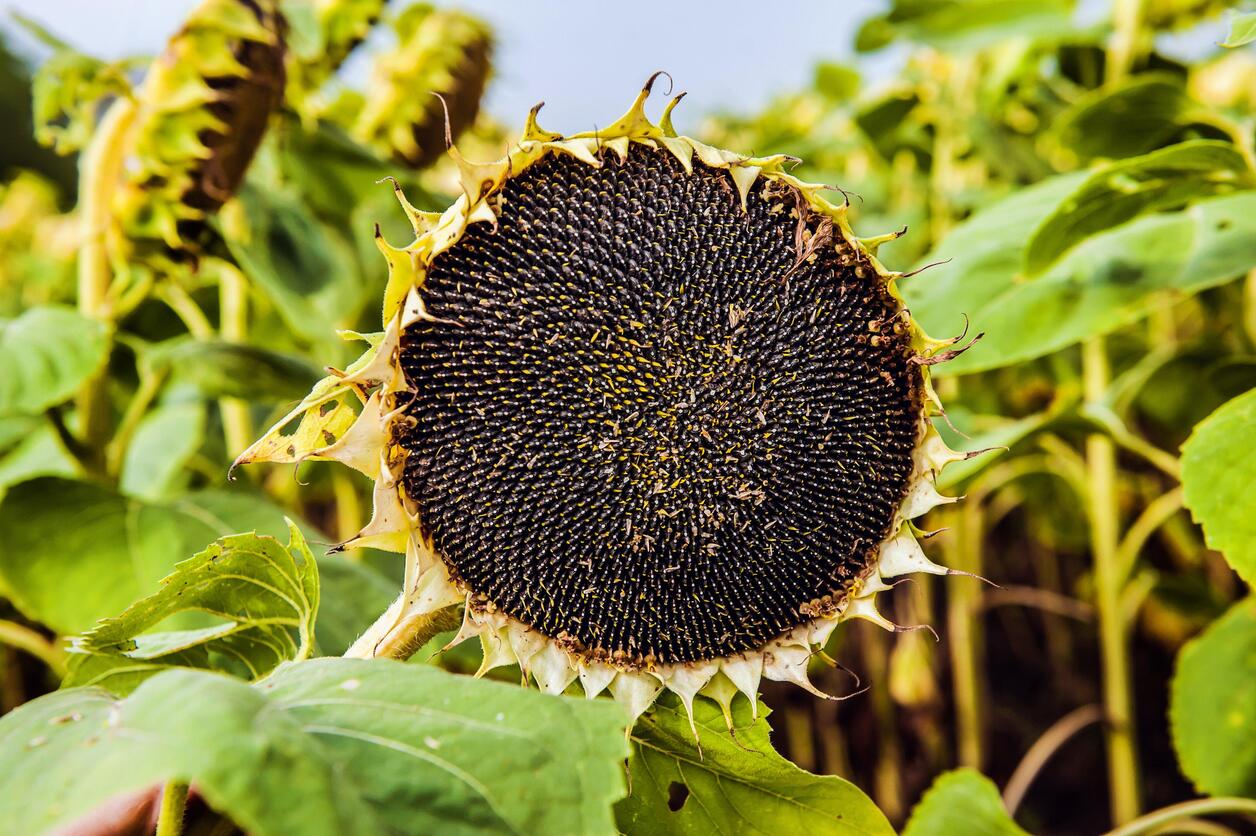Home>Types of Gardening>Edible Gardening>How Do You Root Rosemary
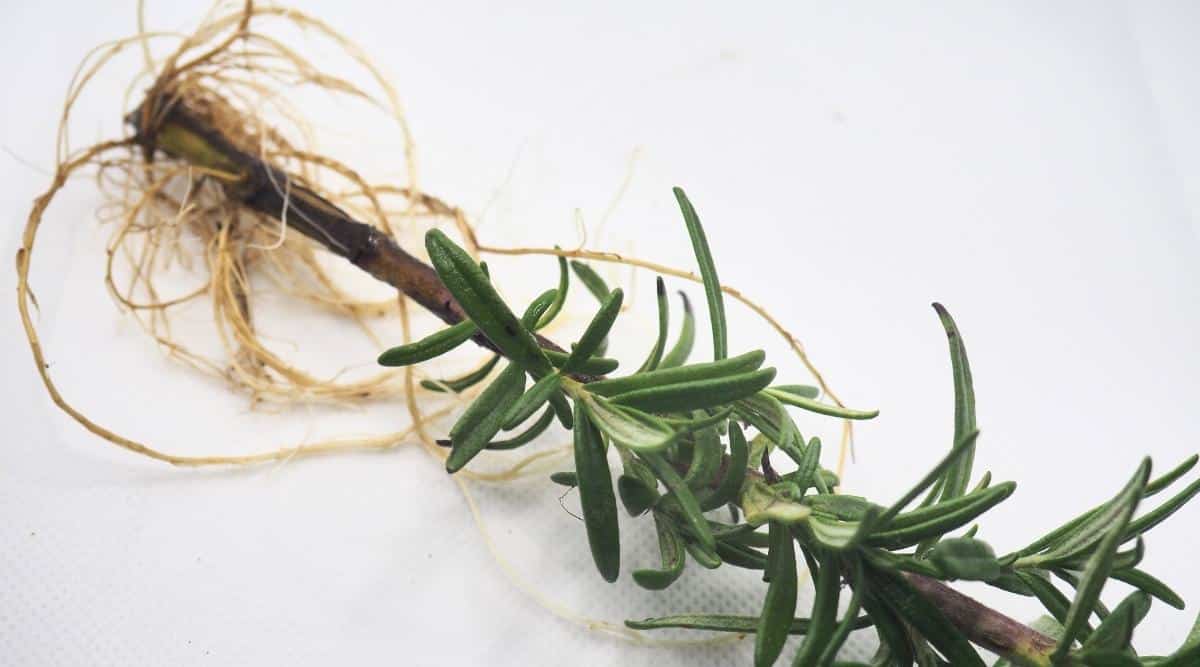

Edible Gardening
How Do You Root Rosemary
Published: January 29, 2024
Learn how to root rosemary and enhance your edible gardening skills with this comprehensive guide. Explore the step-by-step process and tips for successful propagation.
(Many of the links in this article redirect to a specific reviewed product. Your purchase of these products through affiliate links helps to generate commission for Chicagolandgardening.com, at no extra cost. Learn more)
Table of Contents
Introduction
Welcome to the wonderful world of edible gardening! If you have a green thumb and a love for fresh herbs, then you’re in for a treat. In this article, we will explore the art of rooting rosemary, a popular herb that not only adds flavor to your dishes but also offers a range of health benefits.
Rosemary is an evergreen shrub with aromatic needle-like leaves and small, delicate flowers. It is native to the Mediterranean region and has been used for centuries in cooking, medicine, and even spiritual rituals. The distinct pine-like fragrance of rosemary adds a unique touch to a wide variety of culinary creations, making it a must-have herb in any kitchen garden.
Rooting rosemary is a simple and rewarding process that allows you to propagate new plants from cuttings. By understanding the techniques and best practices involved, you can expand your edible garden and have a fresh supply of rosemary at your fingertips.
Not only does growing your own rosemary save money, but it also ensures that you have access to a fresh and organic source of this versatile herb. Plus, the process of rooting rosemary is a fun and educational experience, perfect for both novice gardeners and seasoned enthusiasts.
In this article, we will explore the benefits of rooting rosemary, discuss different methods of propagation, and provide tips and tricks for successful root growth. By the end, you’ll have all the knowledge you need to embark on your own rosemary rooting adventure. So grab your gardening gloves and let’s get started!
Understanding Rosemary Plant
Before diving into the process of rooting rosemary, it’s essential to have a good understanding of the plant itself. Rosemary, scientifically known as Rosmarinus officinalis, is a member of the mint family and is characterized by its woody stems, needle-like leaves, and small, pale-blue flowers.
Originally native to the Mediterranean region, rosemary has become a beloved herb in gardens around the world due to its unique flavor and fragrance. It thrives in warm climates and well-drained soil, making it a popular choice for herb gardens, containers, and even landscaping.
One of the key factors that make rosemary such a desirable herb for rooting is its ability to adapt and thrive in various growing conditions. Whether you have a small garden or limited space, rosemary can be grown in pots, raised beds, or even as a border plant.
Moreover, rosemary is a perennial herb, meaning it can survive for several years with the right care. This allows you to have a constant supply of fresh rosemary leaves, whether for culinary purposes or for its medicinal properties.
Aside from its culinary uses, rosemary also offers a range of health benefits. It is rich in antioxidants and essential oils, which give it its distinct aroma and flavor. The active compounds in rosemary, such as rosmarinic acid and carnosic acid, have been studied for their potential anti-inflammatory, anti-bacterial, and anti-cancer properties.
In addition, rosemary has long been associated with improved digestion, enhanced memory and concentration, and reduced stress and anxiety. Whether used in cooking or as an herbal tea, rosemary is a versatile herb that can boost both your culinary creations and your overall well-being.
Understanding the growth habit and characteristics of the rosemary plant is key to successful rooting. It’s important to note that rosemary is a slow-growing plant, so patience is required when it comes to seeing root development. However, with the right care and conditions, you can easily propagate new plants and enjoy an abundant supply of fresh rosemary throughout the year.
Benefits of Rooting Rosemary
Rooting rosemary brings about a range of benefits for both gardeners and herb enthusiasts. Here are some of the advantages of propagating rosemary:
- Expanding your herb garden: By rooting rosemary, you can easily expand your herb garden without having to purchase new plants. This allows you to have a larger variety of herbs at your disposal for cooking, herbal remedies, and aromatherapy.
- Cost-effective: Buying new rosemary plants from a nursery or garden center can quickly add up. Rooting your own rosemary cuttings not only saves money but also gives you the satisfaction of nurturing plants from scratch.
- Ensuring a fresh supply: When you root rosemary, you have control over the quality and freshness of the herb. You can harvest the leaves as needed, ensuring that you always have a fresh supply of aromatic rosemary leaves for your culinary creations.
- Using organic methods: When you root your own rosemary, you have the choice to use organic practices. This means you can avoid harmful pesticides and chemical fertilizers, ensuring that you have a healthy and sustainable source of rosemary.
- Preserving heirloom varieties: Rooting rosemary allows you to preserve and propagate heirloom varieties. This is particularly valuable for rosemary cultivars that have unique traits or flavors that may not be readily available in commercial nurseries.
- Sharing with others: Rooting rosemary provides an opportunity to share plants with friends, family, and fellow gardeners. You can spread the joy and benefits of rosemary by giving away rooted cuttings, fostering a sense of community and connection.
Whether you’re a seasoned gardener or just beginning your herb-growing journey, the benefits of rooting rosemary are undeniable. It’s a rewarding and sustainable way to enhance your garden, save money, and have a fresh supply of this fragrant herb whenever you need it.
Methods of Rooting Rosemary
When it comes to rooting rosemary, there are several methods you can choose from, depending on your preferences and the resources available to you. Here are three common methods of rooting rosemary:
- Method 1: Water Propagation: Water propagation is a popular and straightforward method for rooting rosemary. To begin, take a healthy cutting from an established rosemary plant, making sure it is about 4-6 inches long. Remove the bottom leaves and place the cutting in a glass of water, ensuring that the nodes (where the leaves were attached) are submerged. Place the glass in a bright location, away from direct sunlight, and change the water every few days to keep it fresh. Within a few weeks, you should notice roots starting to form. Once the roots are a couple of inches long, you can transfer the cutting to a pot with well-draining soil and continue to care for it as it grows.
- Method 2: Soil Propagation: Soil propagation is another effective method for rooting rosemary. Start by taking a cutting from a healthy rosemary plant, as described in method 1. Using a pencil or your finger, make a hole in a pot filled with well-draining soil. Dip the cut end of the rosemary cutting in a rooting hormone powder, if desired, to encourage root growth. Plant the cutting in the hole, gently firm the soil around it, and water the pot thoroughly. Place the pot in a warm and bright location, and keep the soil moist but not waterlogged. Over time, roots will develop, and the cutting will establish itself as a new rosemary plant.
- Method 3: Using Stem Cuttings: Propagating rosemary using stem cuttings is a tried-and-true method for rooting this herb. Select a healthy stem from an existing rosemary plant, ensuring it is around 4-6 inches long. Remove any lower leaves, leaving only a few at the top. Dip the cut end of the stem in a rooting hormone powder, if desired, and plant it in a pot filled with a mixture of equal parts perlite and potting soil. Gently press the soil around the stem and water thoroughly. Place the pot in a warm and sunny location, mist the leaves regularly to maintain humidity, and ensure the soil remains slightly moist. With proper care, roots will develop, and you’ll soon have a thriving rosemary plant.
Each of these methods can be successful, so choose the one that best suits your preferences and available resources. Whichever method you choose, be sure to provide the appropriate care and conditions for your cuttings to encourage healthy root growth and successful establishment.
Method 1: Water Propagation
Water propagation is a simple and effective method for rooting rosemary cuttings. This method allows you to observe the root development process and ensures that the cutting receives the necessary moisture for root growth. Here’s how you can root rosemary in water:
- Start by selecting a healthy rosemary stem for cutting. Look for a stem that is about 4-6 inches long, with no signs of disease or damage. Using sharp, clean shears or a knife, make a clean cut just below a set of leaves or leaf nodes.
- Remove the lower leaves from the cutting, leaving only a few leaves at the top. This will prevent the leaves from rotting in the water and allow the focus to be on root development.
- Fill a glass or jar with water, ensuring that it is enough to submerge the nodes of the cutting. Place the rosemary cutting in the water, making sure the nodes are fully submerged. You can use a clear glass to easily monitor root growth.
- Place the glass in a bright location, but avoid direct sunlight as it can cause excessive heat and hinder root development. A windowsill or a spot near a source of natural light is ideal.
- Change the water every few days to prevent stagnation and maintain the freshness of the environment. This also helps to ensure that the cutting receives oxygen, which is essential for root development.
- After a few weeks, you should start to see small white roots emerging from the nodes of the rosemary cutting. Once the roots are a couple inches long, you can transfer the cutting to a pot filled with well-draining soil.
- Gently remove the cutting from the water and carefully plant it in the soil, ensuring that the roots are covered. Pat the soil lightly to secure the cutting in place.
- Place the potted cutting in a warm and sunny location, preferably near a south-facing window. Water the soil thoroughly but avoid overwatering, as rosemary prefers well-draining soil.
- Continue to provide proper care by monitoring soil moisture and ensuring the plant receives adequate sunlight. With time, your rooted rosemary cutting will establish itself as a healthy and thriving plant.
Water propagation is a great method for rooting rosemary, especially for beginners. It allows you to witness the gradual development of roots and provides an opportunity for hands-on learning. Just remember to be patient and provide the necessary care for your rosemary cutting, and you’ll soon have a new plant ready to grace your garden or kitchen!
Method 2: Soil Propagation
Soil propagation is a tried-and-true method for rooting rosemary cuttings. This method creates an optimal environment for root development, allowing the cutting to establish itself in well-draining soil. Here’s how you can propagate rosemary using soil:
- Start by selecting a healthy rosemary stem for cutting. Choose a stem that is about 4-6 inches long, with no signs of disease or damage. Use clean, sharp shears or a knife to make a clean cut just below a set of leaves or leaf nodes.
- Remove the lower leaves from the cutting, leaving only a few leaves at the top. This will help prevent the leaves from rotting in the soil and allow the focus to be on root development.
- Prepare a small pot with well-draining soil. You can use a mix of equal parts perlite and potting soil to ensure good drainage. Alternatively, a cactus or succulent mix works well for rosemary cuttings.
- If desired, dip the cut end of the rosemary cutting in a rooting hormone powder to encourage root growth. This step is optional but can expedite the rooting process.
- Using a pencil or your finger, make a hole in the soil with a depth of about 1-2 inches. Insert the cut end of the rosemary cutting into the hole and gently press the soil around the stem to secure it in place.
- Water the soil thoroughly after planting to settle it around the cutting and ensure good soil-to-root contact. Be careful not to overwater, as rosemary prefers well-draining soil and excessive moisture can lead to root rot.
- Place the potted cutting in a warm and sunny location, preferably near a south-facing window. Rosemary thrives in full sun, so make sure the cutting receives at least 6-8 hours of direct sunlight each day.
- Maintain consistent moisture in the soil by watering the cutting whenever the top inch of soil feels dry to the touch. Avoid overwatering or allowing the soil to become completely dry.
- Monitor the growth of the cutting over time. In a few weeks, you should start to see new growth and possibly the development of roots. Once the roots are established and the cutting shows signs of healthy growth, you can transplant it to a larger pot or your garden.
Soil propagation provides a stable and nourishing environment for rosemary cuttings to root and establish themselves. With proper care and the right growing conditions, your rosemary cutting will soon develop into a healthy and vibrant plant, ready to be harvested for culinary or medicinal purposes.
Method 3: Using Stem Cuttings
Using stem cuttings is a commonly used method for propagating rosemary. This technique allows you to create new plants from healthy rosemary stems, encouraging root growth and establishment. Here’s how you can propagate rosemary using stem cuttings:
- Start by selecting a healthy stem from an established rosemary plant. Choose a stem that is about 4-6 inches long, with no signs of disease or damage. Use clean and sharp shears or a knife to make a clean cut just below a set of leaves or leaf nodes.
- Remove any lower leaves from the cutting, leaving only a few leaves at the top. This helps prevent excess moisture loss and allows the cutting to focus its energy on root development.
- If desired, dip the cut end of the stem in a rooting hormone powder. This step is optional but can promote faster and more robust root growth in the cutting.
- Prepare a small pot with a well-draining soil mixture. A combination of perlite and potting soil or a cactus and succulent mix works well for rosemary cuttings.
- Create a small hole in the soil using your finger or a pencil. Insert the cut end of the rosemary cutting into the hole, ensuring that at least one or two nodes are buried in the soil. Gently press the soil around the stem to hold it in place.
- Water the soil thoroughly after planting to settle it around the cutting and provide initial moisture. Be careful not to overwater; rosemary prefers well-draining soil and excessive water can lead to root rot.
- Place the potted cutting in a warm and sunny location. Ideally, provide the cutting with 6-8 hours of direct sunlight each day. A south-facing window or a sunny spot in your garden is ideal for promoting healthy growth.
- Maintain the moisture levels in the soil by watering the cutting when the top inch of soil feels dry to the touch. Avoid overwatering or allowing the soil to completely dry out between waterings.
- Mist the leaves of the cutting regularly to maintain humidity around the plant. This can help prevent excessive moisture loss and promote healthy growth.
- Over time, roots should begin to develop from the buried nodes of the stem. You can gently tug on the cutting after a few weeks to check for root resistance. Once the roots are established and the cutting shows signs of new growth, it can be transplanted to a larger pot or your garden.
Using stem cuttings to propagate rosemary is an effective method that can yield successful results with patience and proper care. With time, your propagated rosemary cutting will develop into a thriving plant, providing you with a fresh supply of aromatic leaves for culinary and medicinal uses.
Tips and Tricks for Successful Rooting
When it comes to successfully rooting rosemary, there are a few tips and tricks that can improve your chances of success. Following these guidelines will help ensure healthy root development and the establishment of strong plants:
- Choose healthy cuttings: Select stems from a healthy rosemary plant that show no signs of disease or damage. Healthy cuttings have a better chance of rooting successfully.
- Use the right tools: Use clean and sharp shears or a knife to make clean cuts on the stems. This reduces the risk of introducing pathogens that can hinder root development.
- Timing is key: Take cuttings during the active growing season of rosemary, which is usually during spring or early summer. The plant’s natural growth hormones are more active during this time, promoting better root development.
- Provide good drainage: Use well-draining soil mixes or add perlite to ensure that excess water can easily drain away. Rosemary prefers slightly dry conditions, so it’s important to avoid waterlogged soil.
- Consider using rooting hormone: Using a rooting hormone powder or gel can increase the chances of successful root development. These products encourage the formation of roots and help expedite the rooting process.
- Control humidity: While rosemary prefers a slightly humid environment, excessive moisture can lead to fungal diseases. Maintain moderate humidity levels by misting the leaves or using a humidity dome for cuttings.
- Provide proper lighting: Rosemary thrives in full sun, so ensure that your cuttings receive at least 6-8 hours of direct sunlight each day. If growing indoors, place them near a bright window or use supplemental grow lights.
- Regularly monitor moisture: Check the moisture levels of the soil and water accordingly. Allow the top inch of soil to dry out slightly between waterings, as rosemary prefers slightly dry conditions.
- Be patient: Rooting rosemary takes time, and it may take several weeks for roots to develop. Be patient and avoid disturbing the cuttings during this period, as it can hinder their progress.
- Transplant carefully: Once the cuttings have developed sufficient roots, carefully transplant them to larger pots or your garden, ensuring that the roots are covered. Handle the delicate roots with care to minimize damage.
By following these tips and tricks, you can increase your chances of successful root growth and establish healthy rosemary plants. Remember, every gardening experience is unique, so don’t be disheartened if you encounter some challenges along the way. With practice and proper care, you’ll soon become an expert at rooting rosemary.
Common Mistakes to Avoid
When rooting rosemary, it’s important to be aware of common mistakes that can hinder the process. By avoiding these mistakes, you can increase your chances of successful root development and establish healthy rosemary plants. Here are some common mistakes to avoid:
- Using unhealthy or weak cuttings: Starting with cuttings that are weak or diseased significantly decreases the chances of successful rooting. Always select healthy and vigorous stems for propagation.
- Overwatering: Rosemary prefers well-draining soil, and overwatering can lead to waterlogged conditions and root rot. Ensure that the soil is slightly dry between waterings to prevent excessive moisture.
- Underwatering: While it’s important not to overwater, underwatering can also hinder root development. Adequate water is necessary to maintain the right moisture levels for root growth. Monitor the moisture of the soil and water when needed.
- Using heavy or compacted soil: Rosemary roots require oxygen to thrive. Using heavy or compacted soil limits airflow, resulting in poor root development. Opt for well-draining soil mixes or add perlite for improved drainage.
- Insufficient lighting: Rosemary is a sun-loving herb and requires ample sunlight for successful rooting. Insufficient light can weaken the cuttings and result in poor root development. Ensure your cuttings receive at least 6-8 hours of direct sunlight per day.
- Skipping the use of rooting hormone: Rooting hormone can significantly increase the chances of successful root development. Skipping the use of rooting hormone may delay or hinder root growth. Consider using a rooting hormone powder or gel for better results.
- Not providing adequate humidity: Rosemary prefers slightly humid conditions during the rooting process. Failing to provide enough humidity through misting or using a humidity dome can result in dry cuttings and hinder root development.
- Disturbing the cuttings: Frequent handling or disturbing the cuttings can disrupt the formation of roots. It’s best to let the cuttings remain undisturbed while they establish roots. Limit handling to essential tasks like transplanting.
- Choosing the wrong time for propagation: Attempting to root rosemary cuttings during the dormant or inactive season will yield poor results. Propagate rosemary during its active growing season, usually in spring or early summer, for the best chances of success.
- Being impatient: Rooting rosemary takes time, and results may not be immediate. Excessive monitoring or impatience can lead to unnecessary disturbances and hinder root development. Be patient and allow the cuttings the time they need to establish roots properly.
By avoiding these common mistakes, you can set the stage for successful root growth and establishment of healthy rosemary plants. With proper care and attention, you’ll have a thriving rosemary garden to enjoy in no time.
Conclusion
Rooting rosemary can be a rewarding and satisfying endeavor for any gardener or herb enthusiast. By following the methods outlined in this article and incorporating the tips and tricks provided, you can successfully propagate rosemary and expand your herb garden.
Understanding the rosemary plant, its characteristics, and the benefits it offers is crucial before diving into the rooting process. Rosemary is a versatile herb that not only adds flavor to your culinary creations but also provides a range of health benefits.
With the water propagation method, you can witness the development of roots in a glass of water, while the soil propagation method allows for root growth in a well-draining soil mixture. Using stem cuttings is another effective method for rosemary propagation, enabling the establishment of new plants with proper care and attention.
To ensure successful rooting, it’s important to avoid common mistakes such as overwatering, using unhealthy cuttings, inadequate lighting, and insufficient humidity. By being mindful of these mistakes, you can increase your chances of successful root development and establishment of healthy rosemary plants.
Whether you’re an experienced gardener or just starting out, the joy of propagating rosemary lies in the journey itself. With time and patience, you’ll witness the growth of roots and the development of thriving rosemary plants that will provide you with fresh herbs for culinary delights and various herbal uses.
So, don’t hesitate to embark on the adventure of rooting rosemary. Grab your gardening tools, select your cuttings, and follow the methods and tips shared in this article. Before you know it, you’ll be surrounded by the delightful aroma and flavors of homegrown rosemary in your garden or kitchen!


